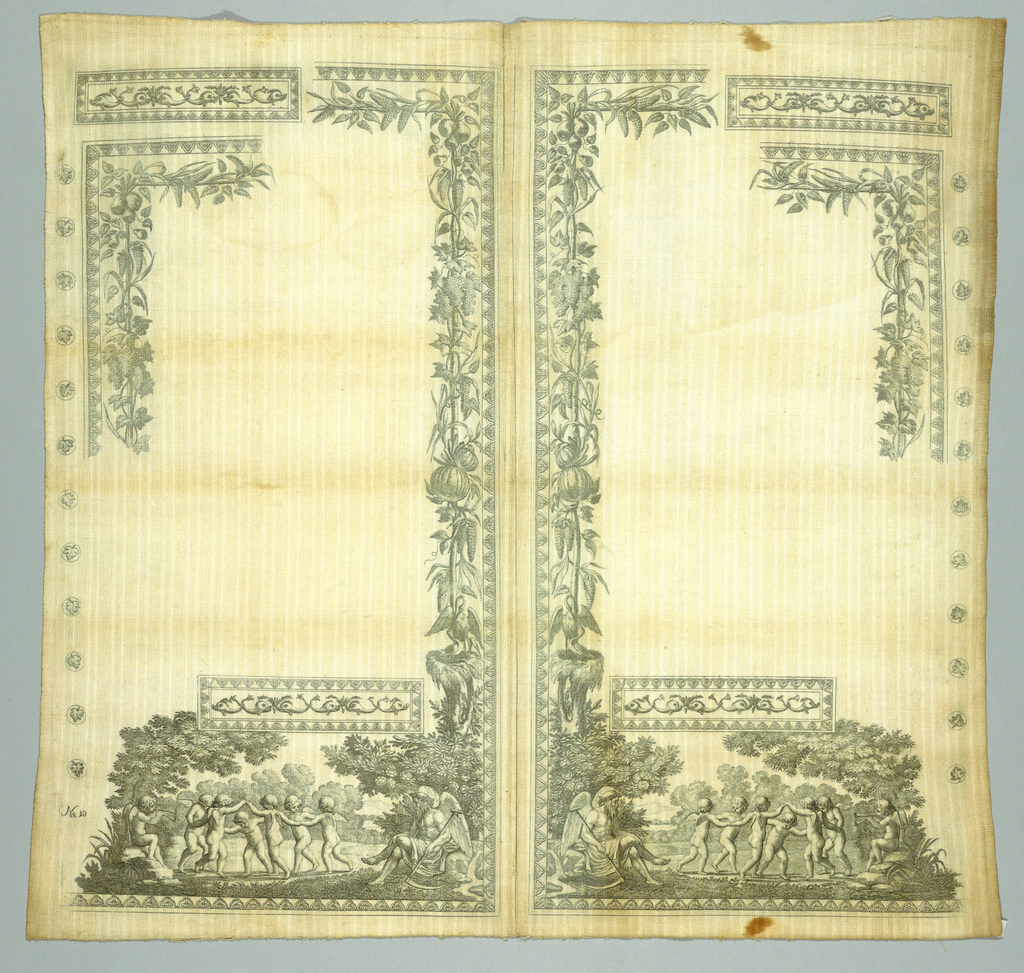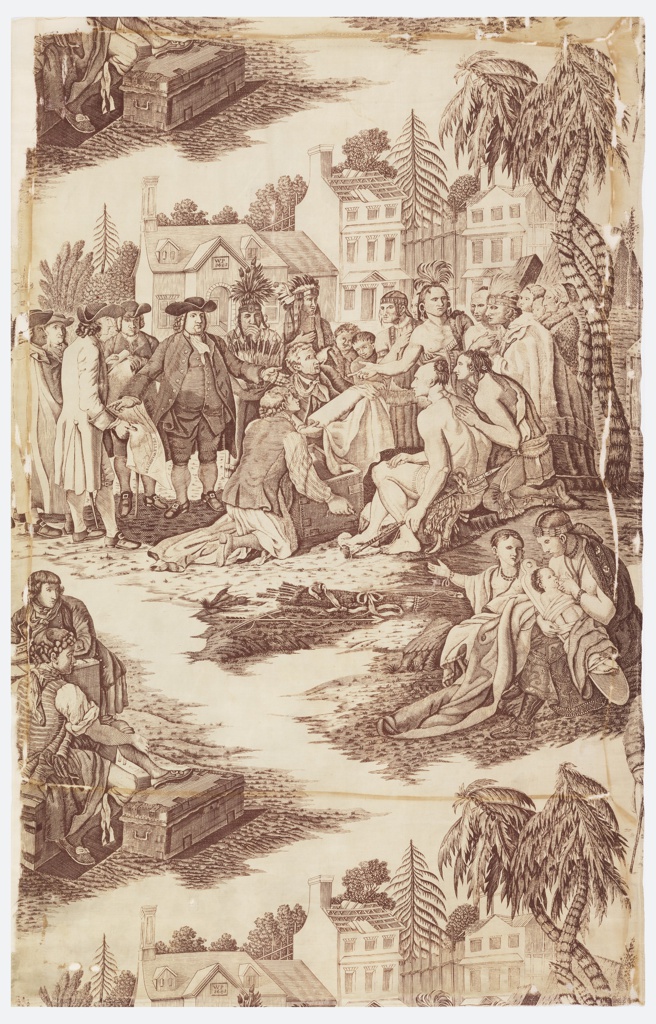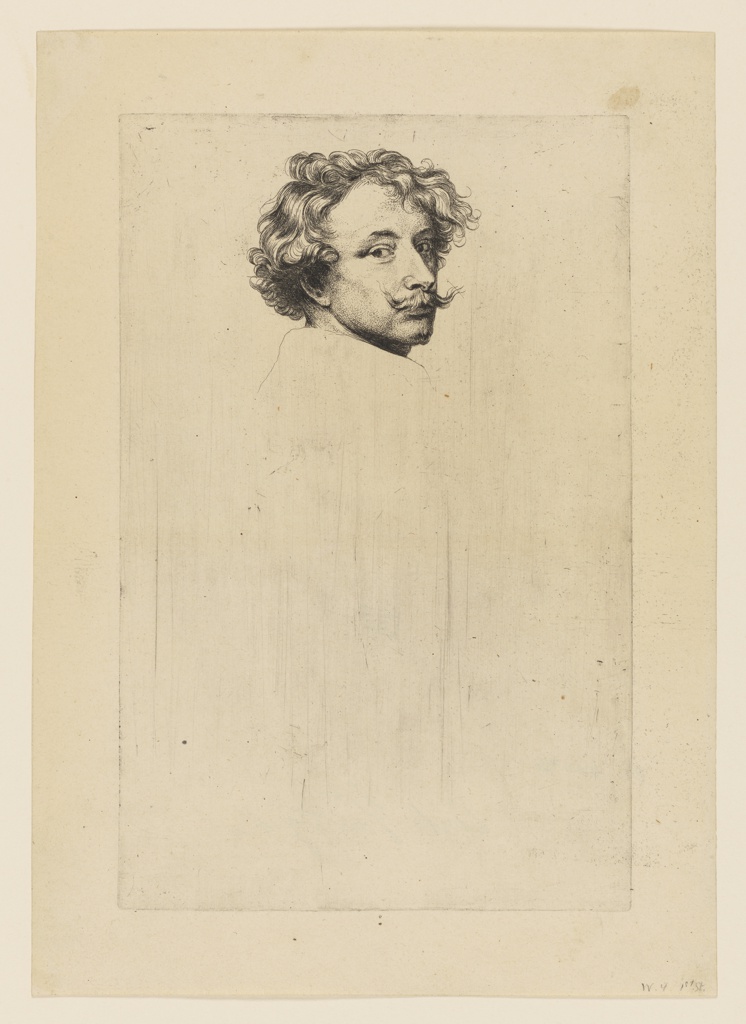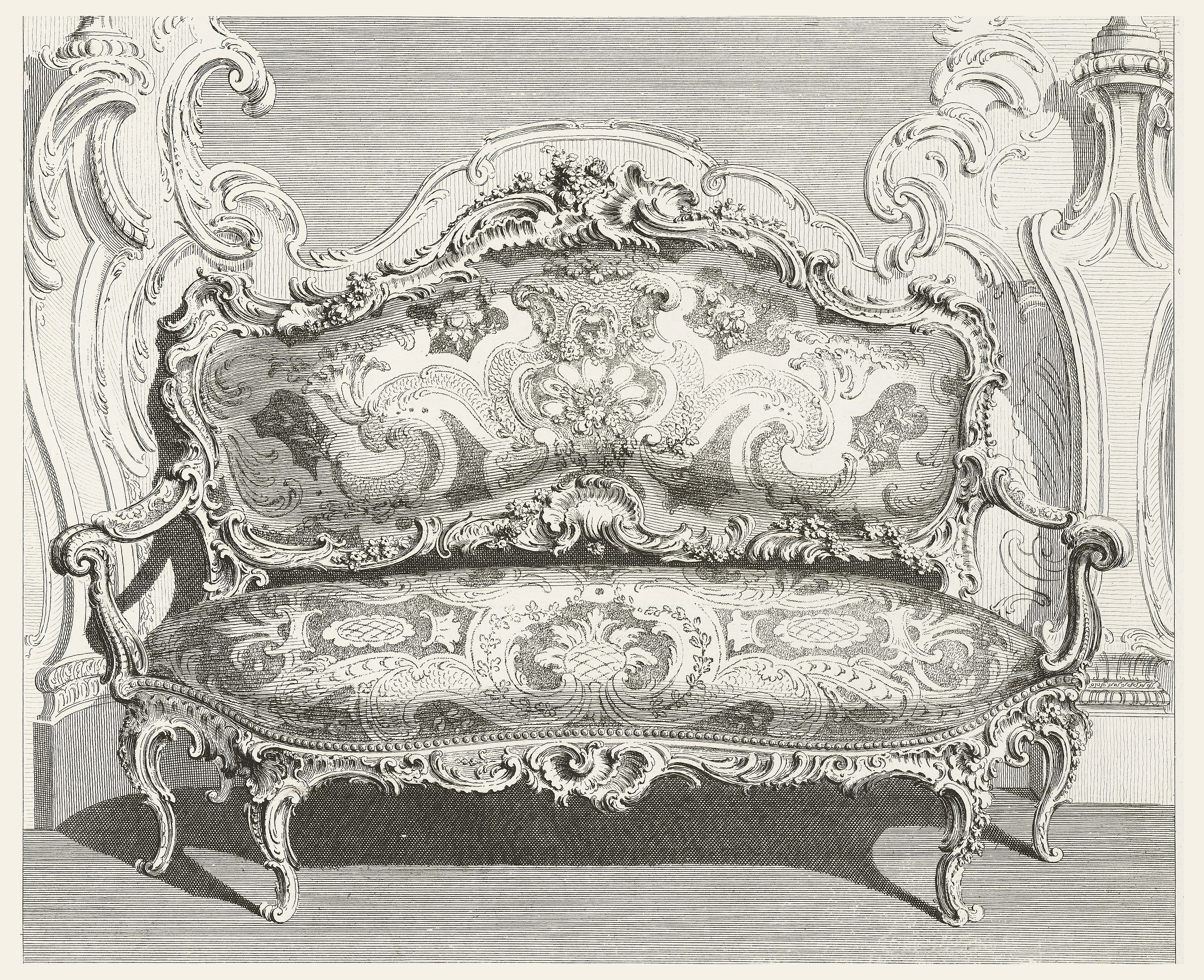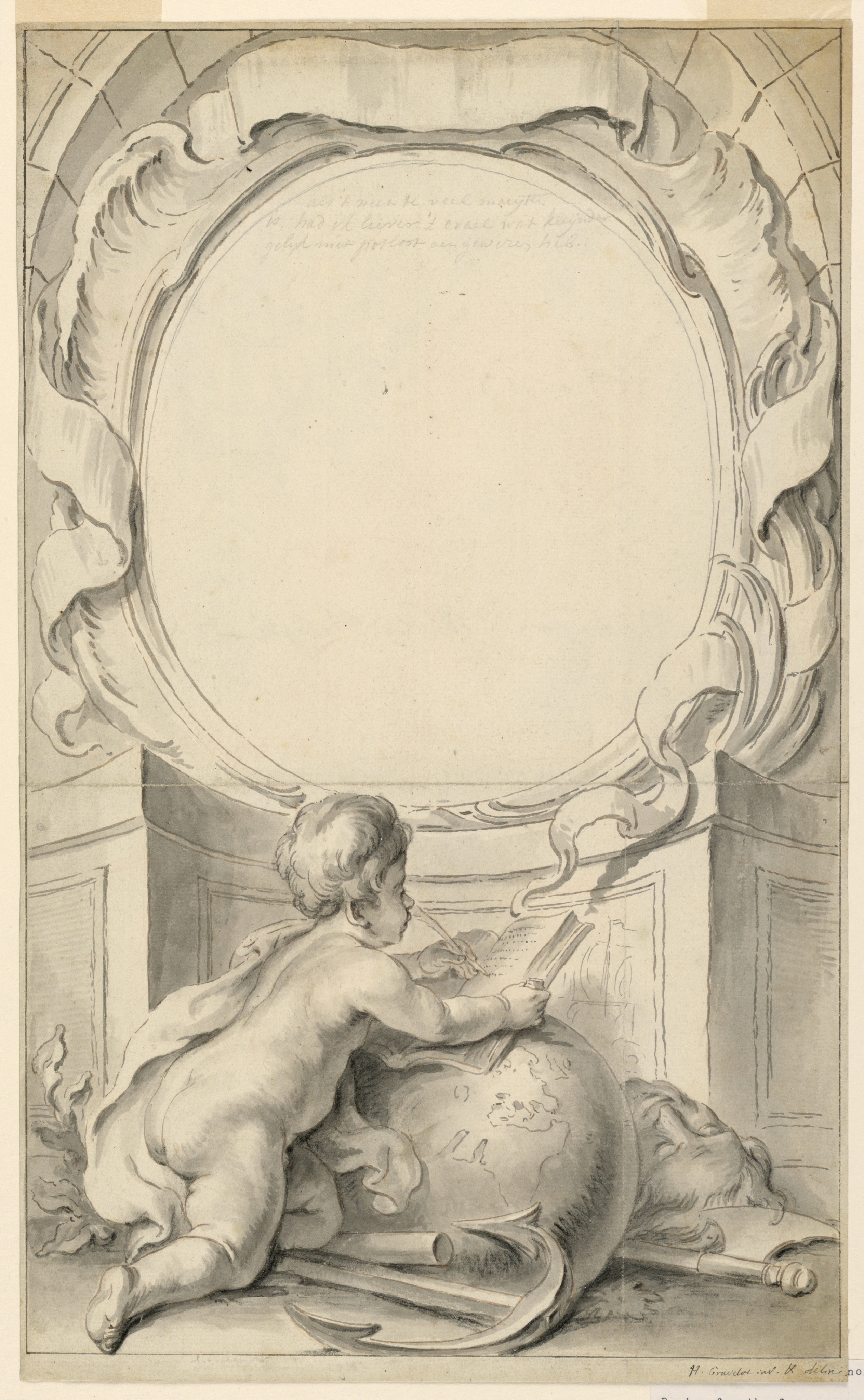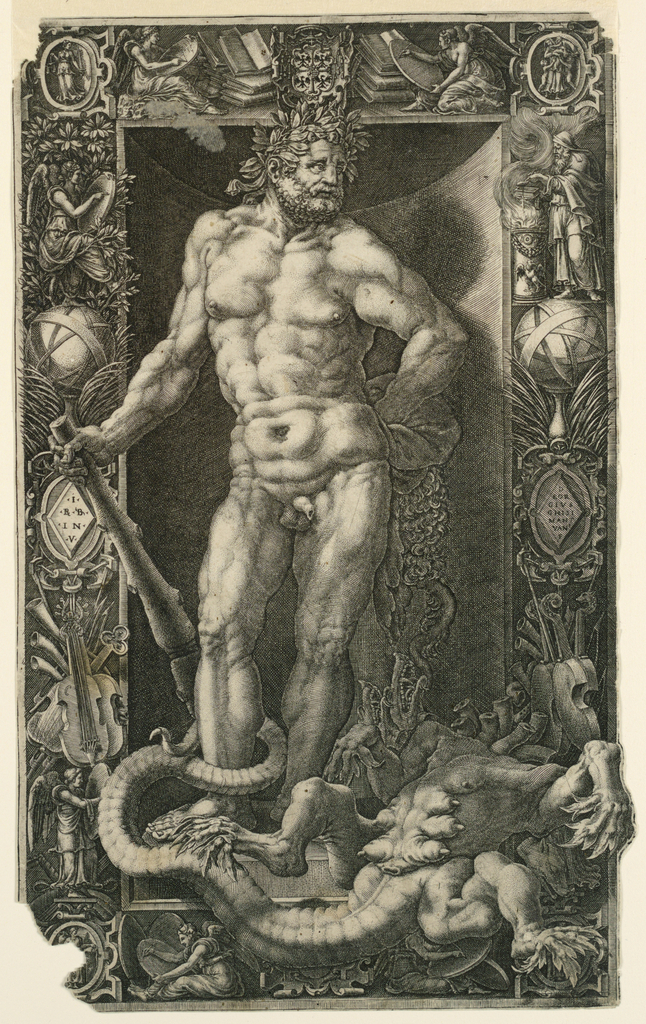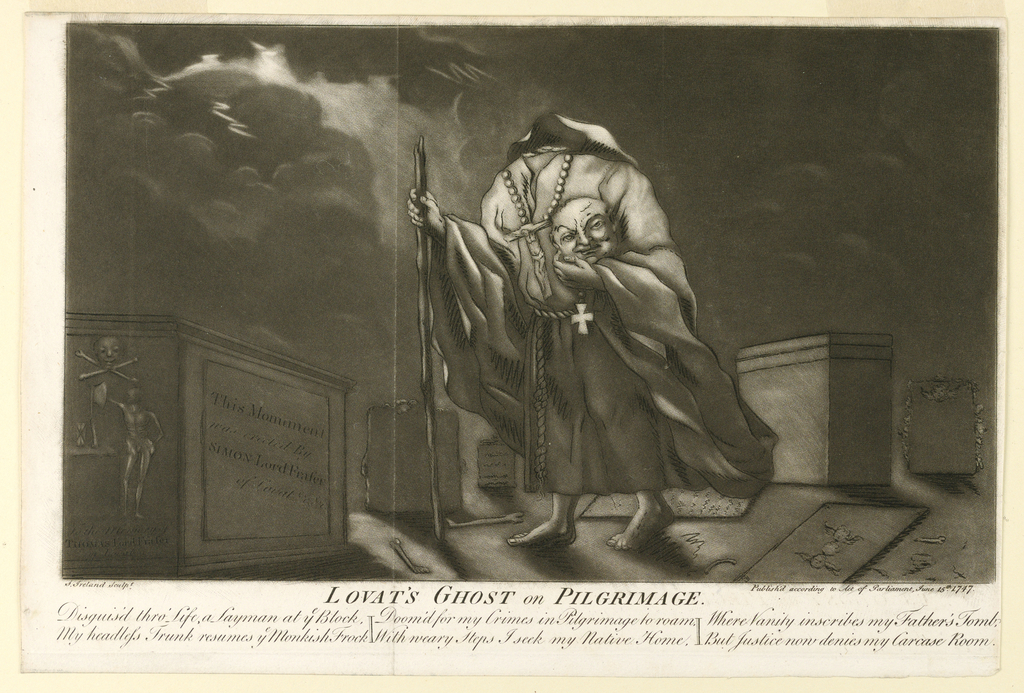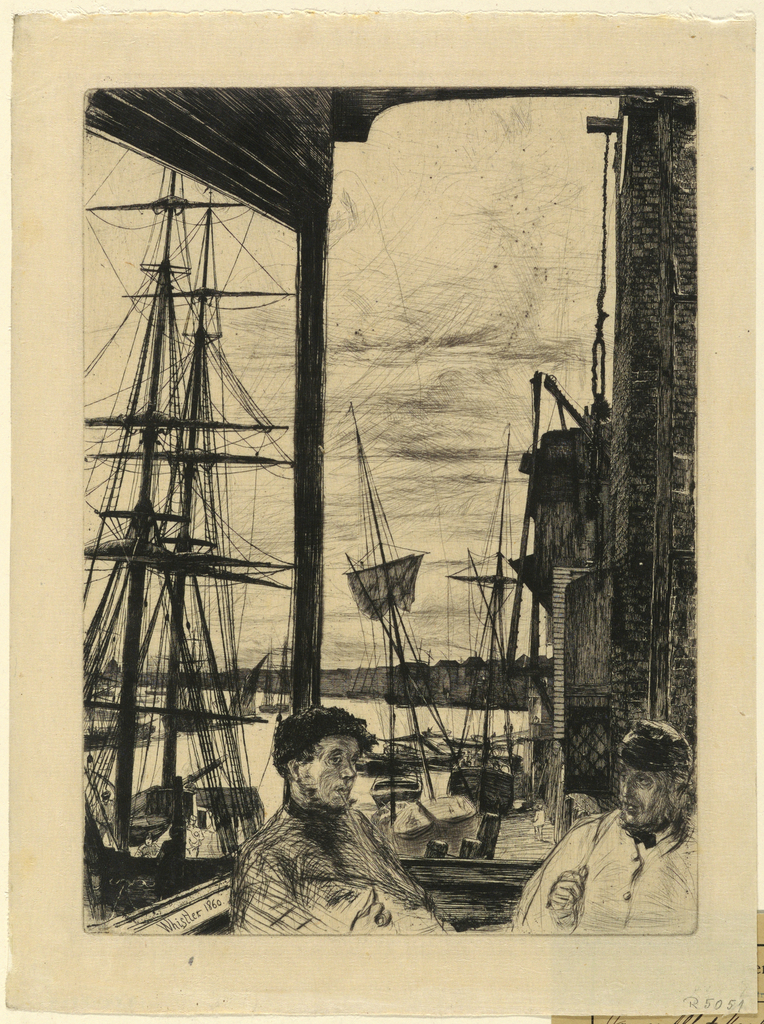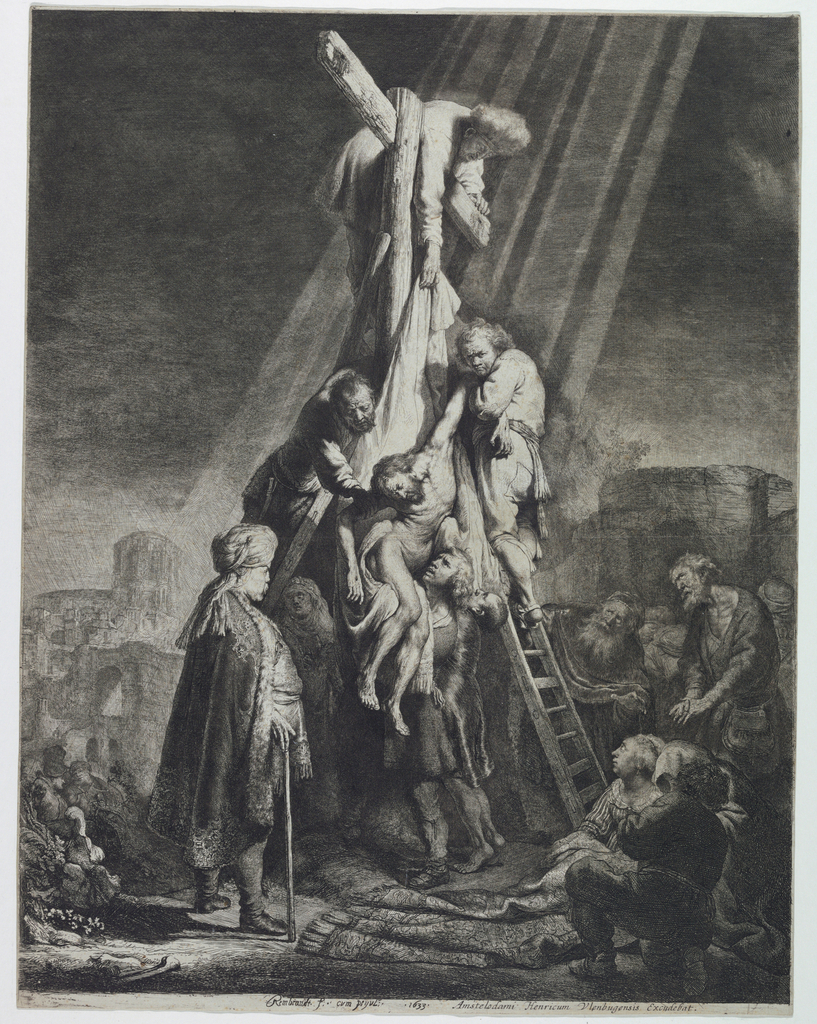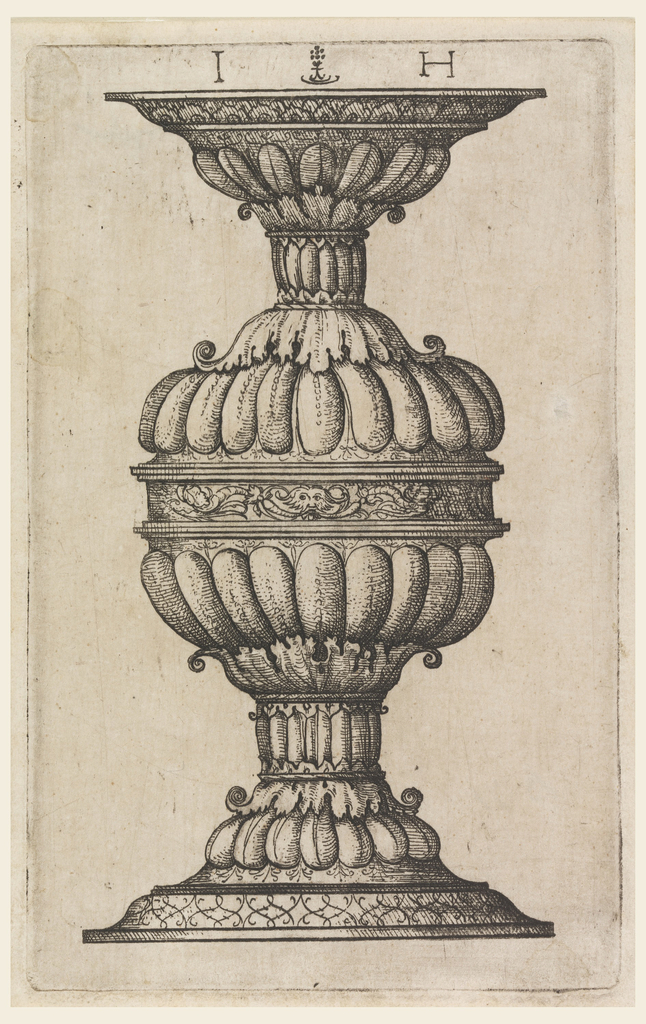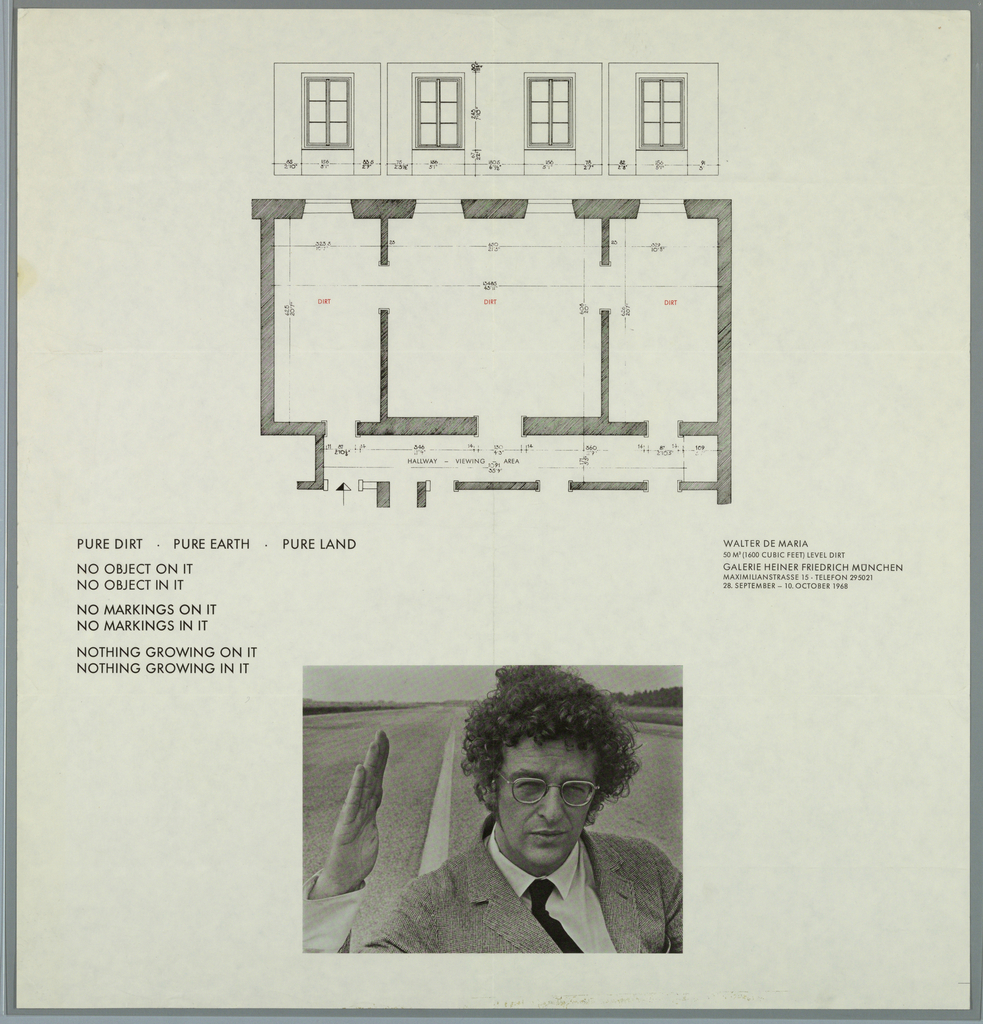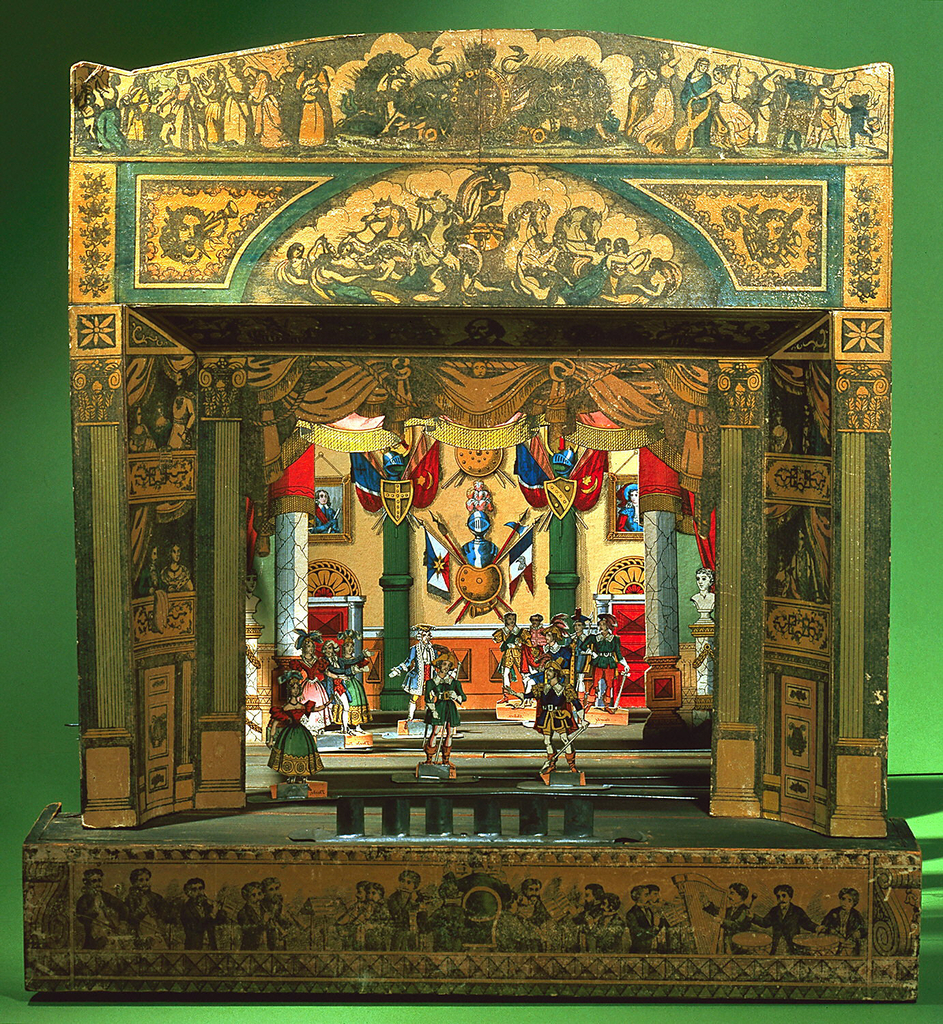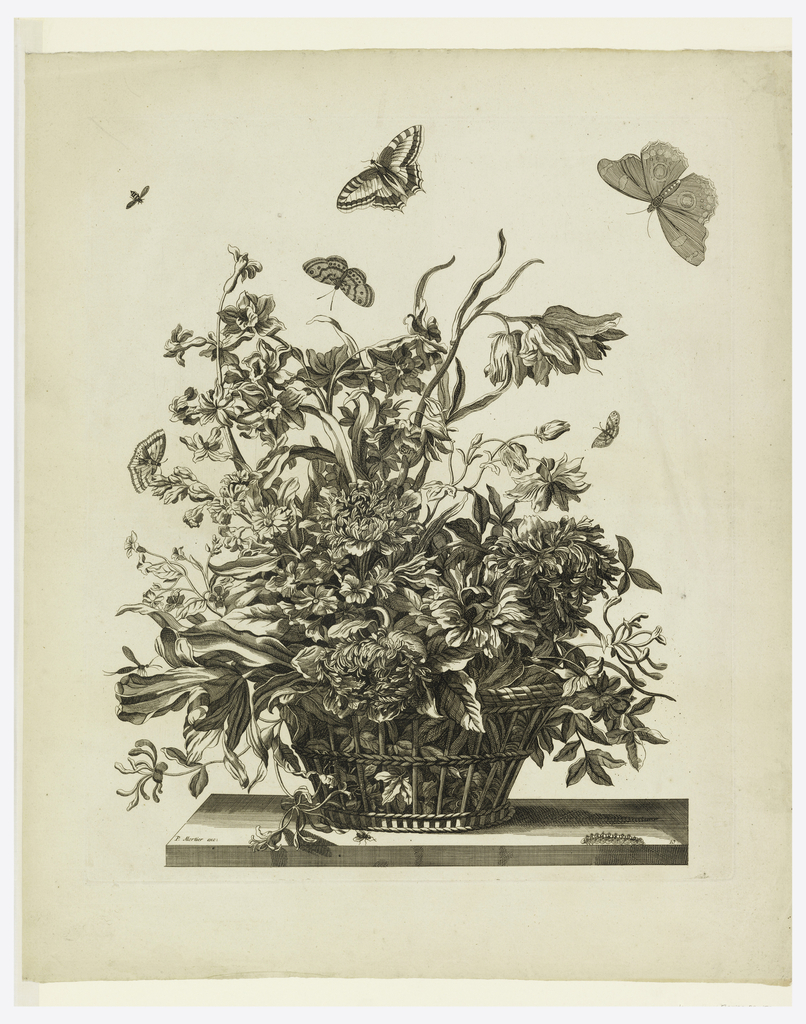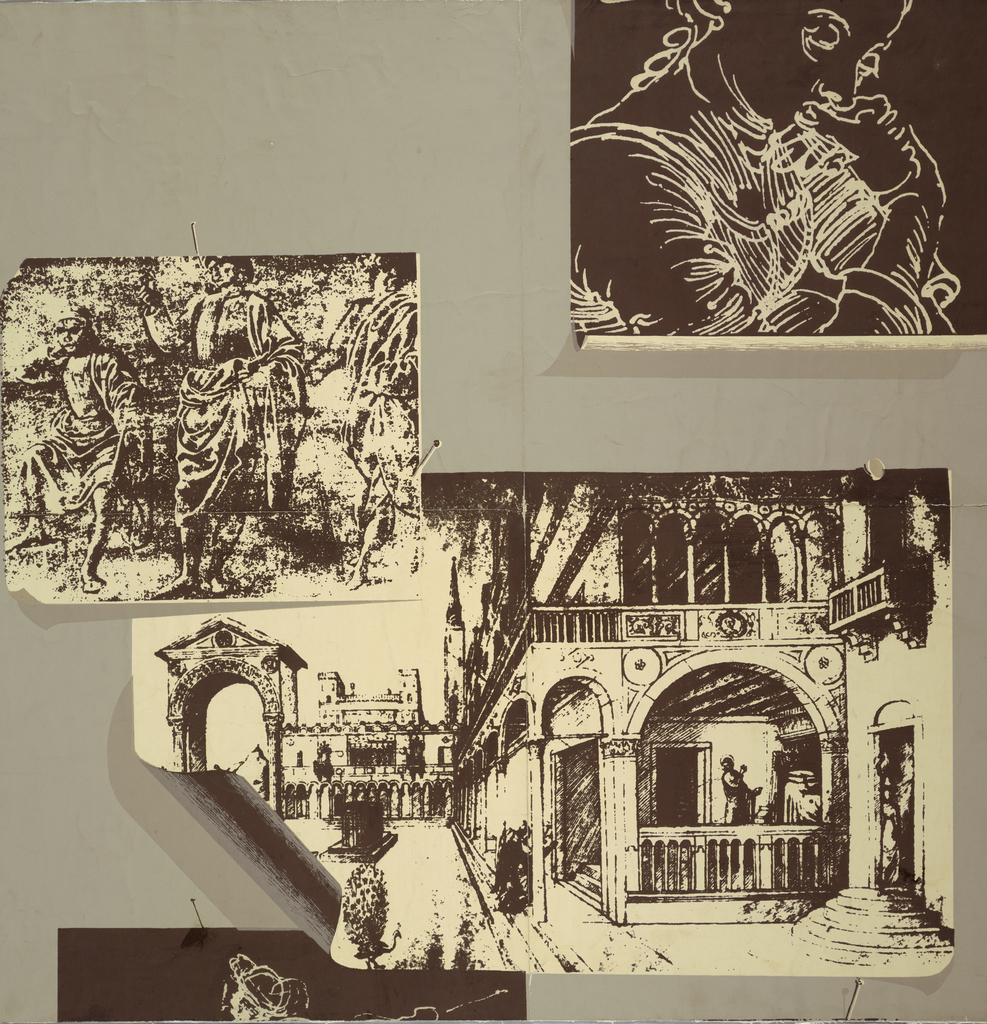Author: Virginia Pollock While this textile might seem unrecognizable to modern eyes, to consumers in eighteenth-century France this textile was an object of fashionable and economic significance. These uncut waistcoat fronts display the layout of a pattern, adorned with copperplate printed motifs of vegetal imagery, intertwined dolphins, and a wooded scene at the bottom with...
Author: Virginia Pollock The founding of Pennsylvania and the formation of William Penn’s “greene country towne” of Philadelphia is immortalized in this textile, intended for use as a furnishing fabric. Whereas today Penn’s dealings might be seen as part of a larger narrative of harmful and exploitative colonization, the printed images seek to convey Penn...
Sir Anthony van Dyck (1599-1641), knighted by King Charles I of England, was a Flemish painter renowned for his portraits of members of the British Court. Trained in Antwerp by Peter Paul Rubens (1577-1640), Van Dyck, like his teacher, experimented with making prints.[1] In the late 1520s or early 1530s, Van Dyck began an extensive...
Small Sofa for Count Bielenski, Grand Marshal of Poland is a print on white laid paper, etched and engraved by Gabriel Huquier (French, 1695-1772). It features a sofa or canapé designed in the Rococo style, framed by an interior wall decorated with carvings that mirror the graceful curvatures of the sofa’s structure. The goldsmith, sculptor,...
In the mid-eighteenth century, the British historian Thomas Birch (1705 – 1766) published a series of short biographies of famous figures from his nation’s past. Accompanying each of the 108 biographies was an engraved portrait of the subject, whose likeness was presented within an elaborate decorative setting.[1] These ornamental frames were designed by Hubert-François Bourguignon...
In 1946, the twenty year old artist Ruth Asawa entered the renowned, experimental Black Mountain College, where she studied for three years under mentors such as Josef Albers, Merce Cunningham and Buckminster Fuller. Born in California to Japanese immigrants, Asawa spent her childhood working on her family’s farm, until 1942, when the entire Asawa family...
In this richly ornamented print from the Drawings, Prints, and Graphic Design department, Giorgio Ghisi (Italian, 1520-1582) portrays Hercules’ success in completing his second labor in his print Hercules Victorious Over the Hydra of Lerna. This print was designed for a frontispiece for artist Giovanni Battista Bertani’s commentary, titled Gli oscuri e difficili passi dell’opera...
Beneath a foreboding sky streaked with lightning, a figure wanders through a cemetery. Barefooted and dressed in a monk’s habit, he seems to be missing something. Quite literally, it may be his head, whose snarling visage is directed out at the viewer from the crook of this gruesome monastic’s left elbow. But who is this...
This print by James Abbott McNeill Whistler is part of a series of images the artist produced depicting the East London neighborhoods of Rotherhithe and Wapping in 1859–60. While English painters had traditionally avoided portraying these industrial districts of the city throughout the nineteenth century, Whistler’s Thames series takes for subject the city’s poorest workers...
Rembrandt Harmensz van Rijn (Dutch, 1606–1669) was a Baroque painter and printmaker best known for his self-portraits and illustrations of biblical scenes. He trained under two masters: Jacob van Swanenburgh (1571–1638), who specialized in cityscape paintings and scenes of hell and the underworld, and Pieter Lastman (1583–1633), who specialized in history paintings. Given his education with...
In 16th century Germany, the popularity of Doppelpokal, better known as double goblets or cups, and the taste for elegant, classicized forms are reflected in this small print by Hieronymus Hopfer (German, active ca. 1520-1530). As the ancestors of wine glasses, double cups, which fit over each other at the rim, were intended for ceremonial...
“THE DIRT (OR EARTH) IS THERE NOT ONLY TO BE SEEN BUT TO BE THOUGHT ABOUT!” Walter de Maria stated in the press release for the first installation of his influential Earth Room at the Galerie Heiner Friedrich Gallery in Munich, Germany in 1968. The show, titled “Walter de Maria The Land Show: Pure Dirt...
Imaginative author Robert Louis Stevenson wrote in his 1884 essay, A Penny Plain and Twopence Coloured, “If you love art, folly, or the bright eyes of children, speed to Pollock’s…”[1] The toy theatre was a beloved pastime in 19th-century England that appealed to the creativity and craftsmanship of children and adults. Benjamin Pollock inherited his...
Jean-Baptiste Monnoyer (French, 1626-1699 ), a painter, designer and engraver, created many prints like this work, Plate 10 from Set of Flowers in a Basket which is dated to 1680. Early flower prints were primarily used for botanical textbooks, but by the end of the seventeenth century, they were considered a higher artistic medium. Prints like...
In celebration of Women’s History Month, Cooper Hewitt is dedicating select Object of the Day entries to the work of women designers in our collection. This sidewall was designed by Marion Dorn Kauffer who is perhaps best remembered for the inspired batik textiles, rugs and interiors she created during the interwar years. Born in San...
